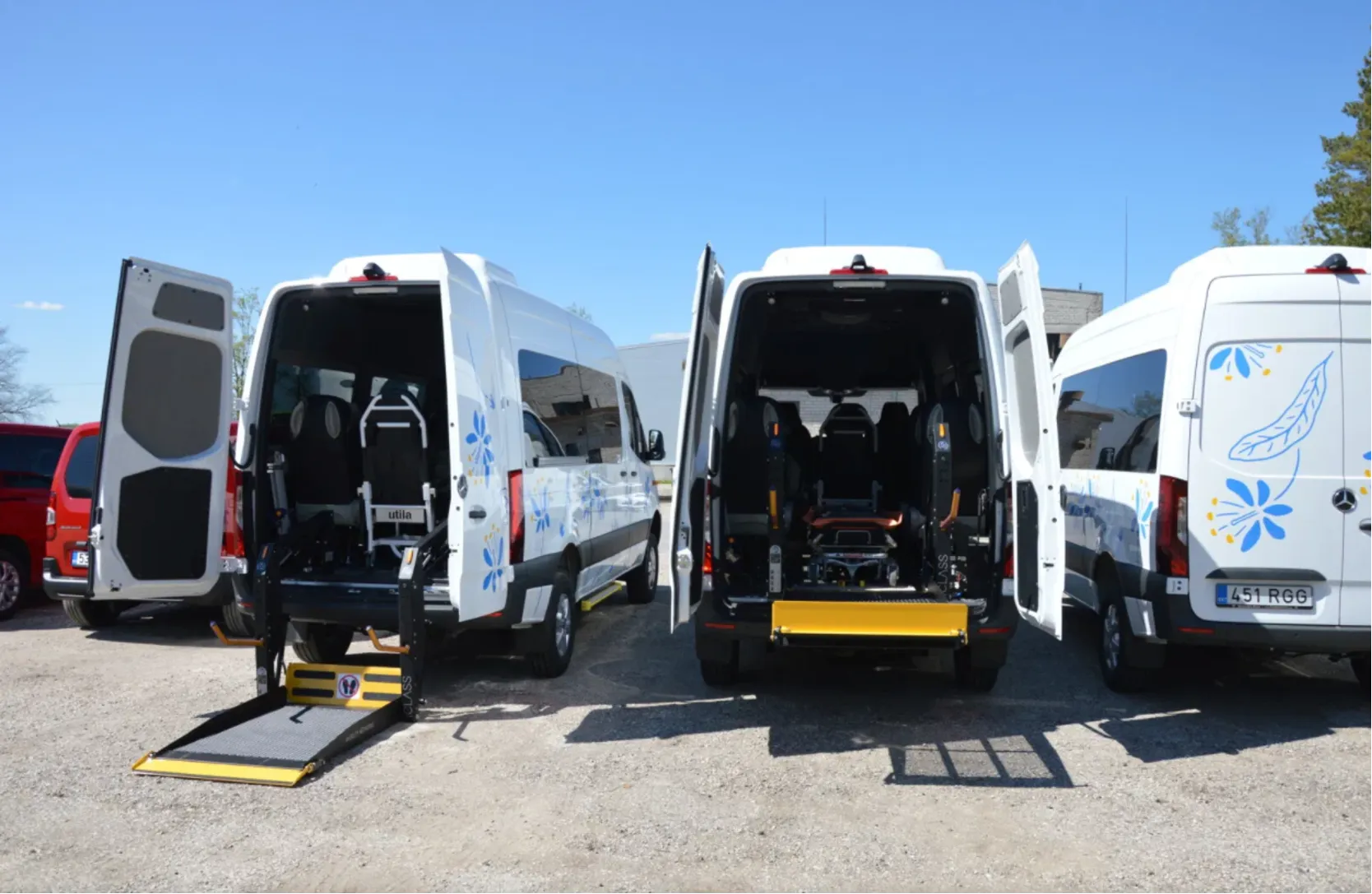The acquisition enables Kapsch CarrierCom to extend its range into ITS in public transport. Prodata’s automated fare collection solutions will provide public transport customers with integrated and stand-alone point of sale solutions, ticket machines and online and mobile portals. In addition, new intelligent transport system capabilities will provide Kapsch CarrierCom customers with real-time vehicle tracking and tracing, itinerary information and dispatching alerts, offering a wide range of intermodal transport control systems functionalities.
Kari Kapsch, CEO of Kapsch CarrierCom, says: “Public transport operators need support from world-class technology providers with end-to-end solutions and delivery capabilities. Our acquisition of Prodata Mobility Systems means we’re able to provide that support, giving us all the technology and expertise required to help our customers succeed.”
Franky Carbonez, chairman of Prodata Mobility Systems, says: “By integrating industry-leading public transport solutions into its portfolio, Kapsch CarrierCom will help its customers improve efficiency and increase their competitive advantage. We are excited to join forces with such an innovative company and look forward to achieving even greater success together.”
Kapsch CarrierCom acquires Prodata Mobility Systems
Kapsch CarrierCom has strengthened its public transport portfolio with the acquisition of public transport solutions provider Prodata Mobility Systems, a division of Belgium-headquartered Prodata Technology Group.
The acquisition enables Kapsch CarrierCom to extend its range into ITS in public transport. Prodata’s automated fare collection solutions will provide public transport customers with integrated and stand-alone point of sale solutions, ticket machines and online and mobile portals. In addition,
July 17, 2014
Read time: 2 mins










